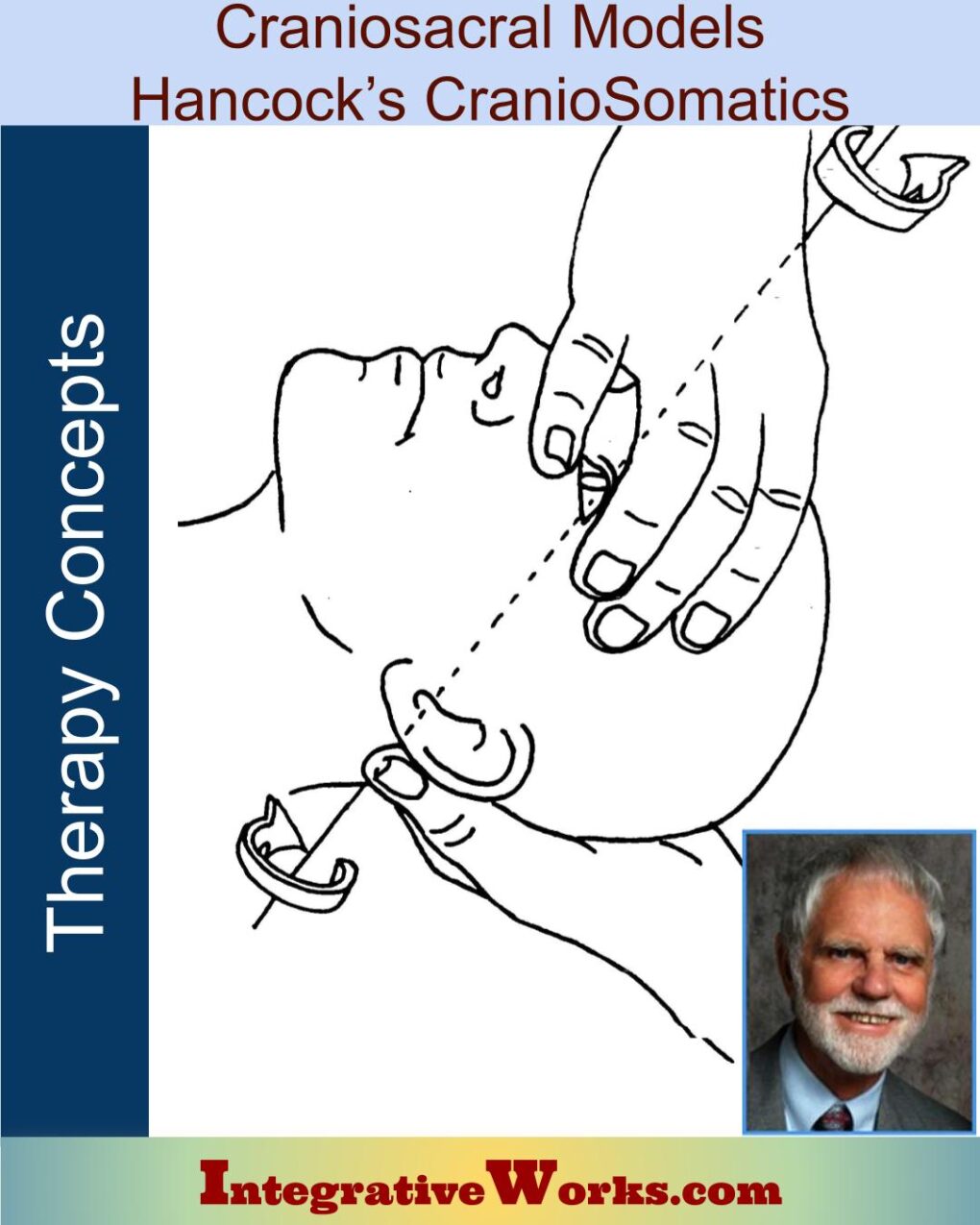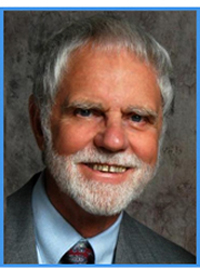
G. Dallas Hancock innovated craniosacral techniques starting in the late 80s. He was practicing chiropractic using Applied Kinesiology and Sacro-Occipital techniques. His approach was to release patterns on the table and then have the patient walk before re-testing them. Even without symptoms, he noticed that certain patterns would always return. His goal was to find lasting solutions to these patterns.
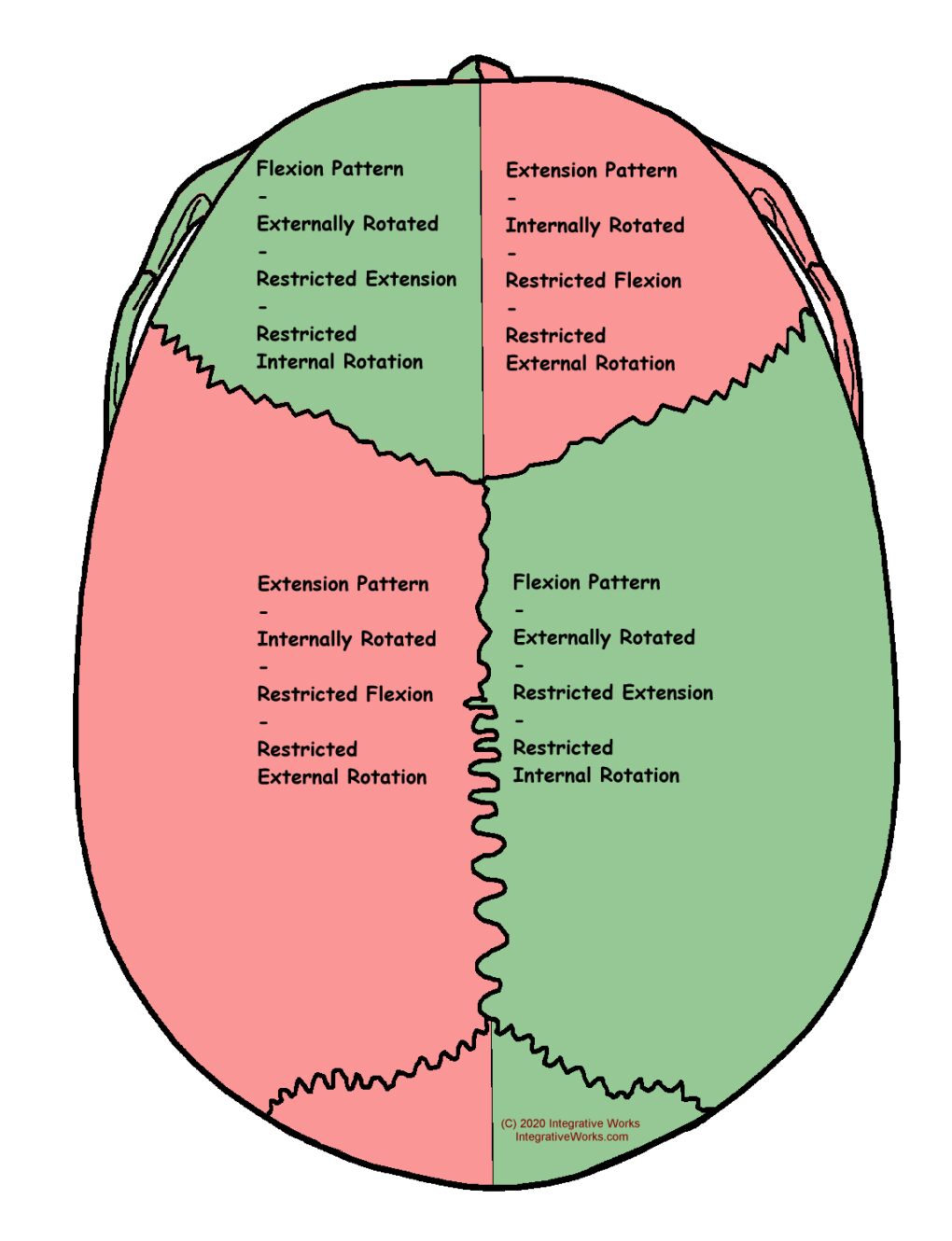
Visionary Changes in Approach
Chiropractic cranial approaches are fundamentally different from osteopathic craniosacral approaches. Like SOT or Applied Kinesiology, chiropractic approaches don’t regard the craniosacral cycle as a focus of treatment. Instead, Chiropractic cranial is more focused on adjusting bones, reflex points, and other ideas that are not a part of osteopathic craniosacral.
Hancock studied and used osteopathic cranial approaches. He focused on Sutherland’s SBS patterns, axes of movement, and the craniosacral cycle. With that perspective, He evaluated the cranial motion actively and passively. Passively, he would palpate the cranial rhythmic impulses to assess imbalances and restrictions. Actively, he would often grip the head in his favorite fronto-occipital hold. He would then take the cranium through SBS patterns, like torsion or side bend, to evaluate the quality and range of motion.
Integrating Systems
Hancock was a systems-type thinker. He was an Information Technology professional before he became a doctor. Expanding the work, he believed that craniosacral work needed to more directly help solve the sort of problems that people complained about every day. Low back pain. Neck and shoulder tension. Restricted stretching. These translated into bodywork concepts. Postural distortions. Tilted pelvis. Trigger points. Subluxations. Cranial lesions.
Hancock saw what others had not seen before. There are restrictions in the craniosacral system that correlate with restrictions in the body. Some of those restrictions are more global. For instance, a restriction in a quadrant of the cranium creates a restriction in the body’s correlating quadrant. There are also specific restrictions. For instance, work at obilion lower neck tension.
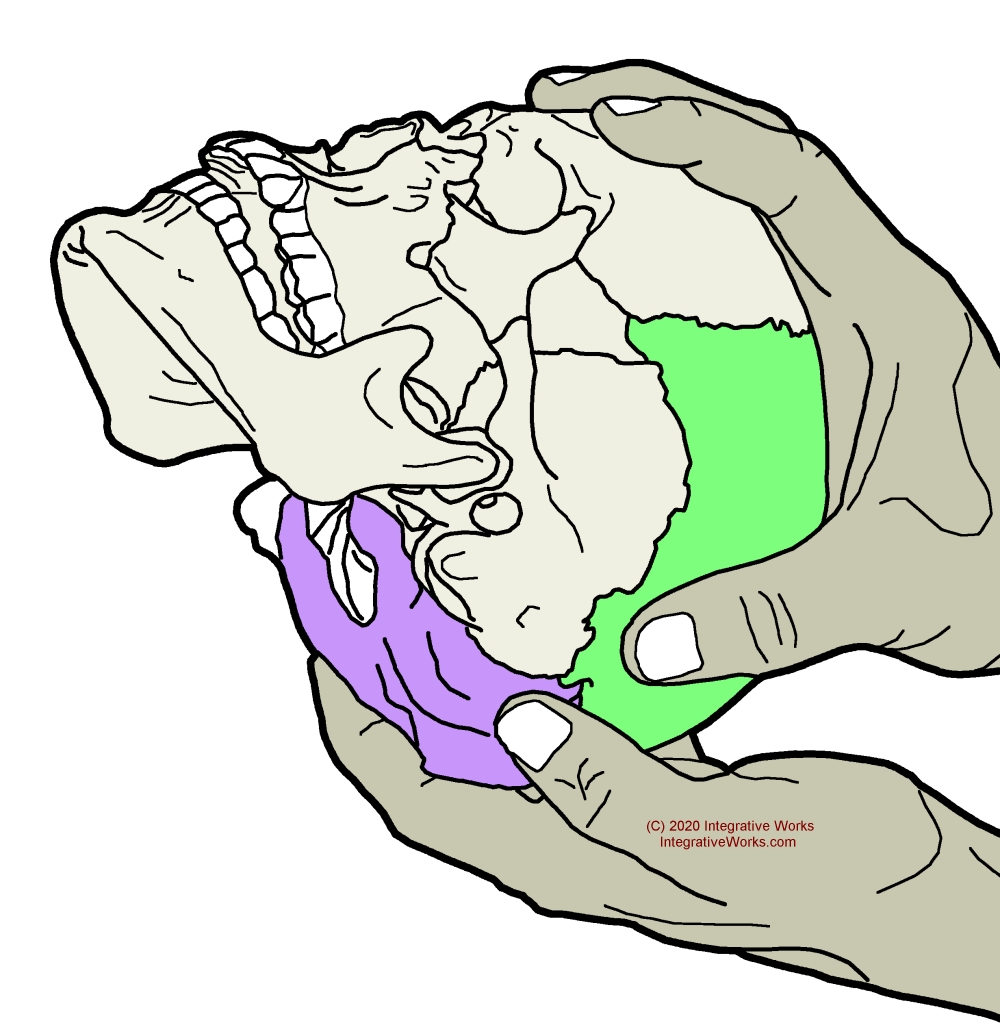
CranioStructural Techniques
In the beginning, Hancock developed what he would later call CranioStructural Techniques. They were a firmer, more direct approach to releasing restrictions in the craniosacral system. This approach was very different from the more famous work of Upledger.
These techniques aimed at releasing craniosacral restrictions that perpetuated musculoskeletal problems. For example, the release of the lower lambdoidal suture released restrictions in the adductor magnus muscle. His mapping has evolved over the years, and his later texts vary somewhat from the earlier texts.
Extraordinary Results
These techniques are surprising in their ability to immediately change posture and movement patterns. Patients often are surprised that their back or foot feels better, even though the work was on their head. Even practitioners who do this work are pleasantly surprised by how it solves problems that seem resistant to change.
At dinner once, I asked Dallas how he figured out these releases. He pointed out how odd some of the releases are. For instance, shifting the alveolar process superolateral releases the cardiac arrhythmia trigger point in the ribs. Dallas remarked that it must come from The Source.
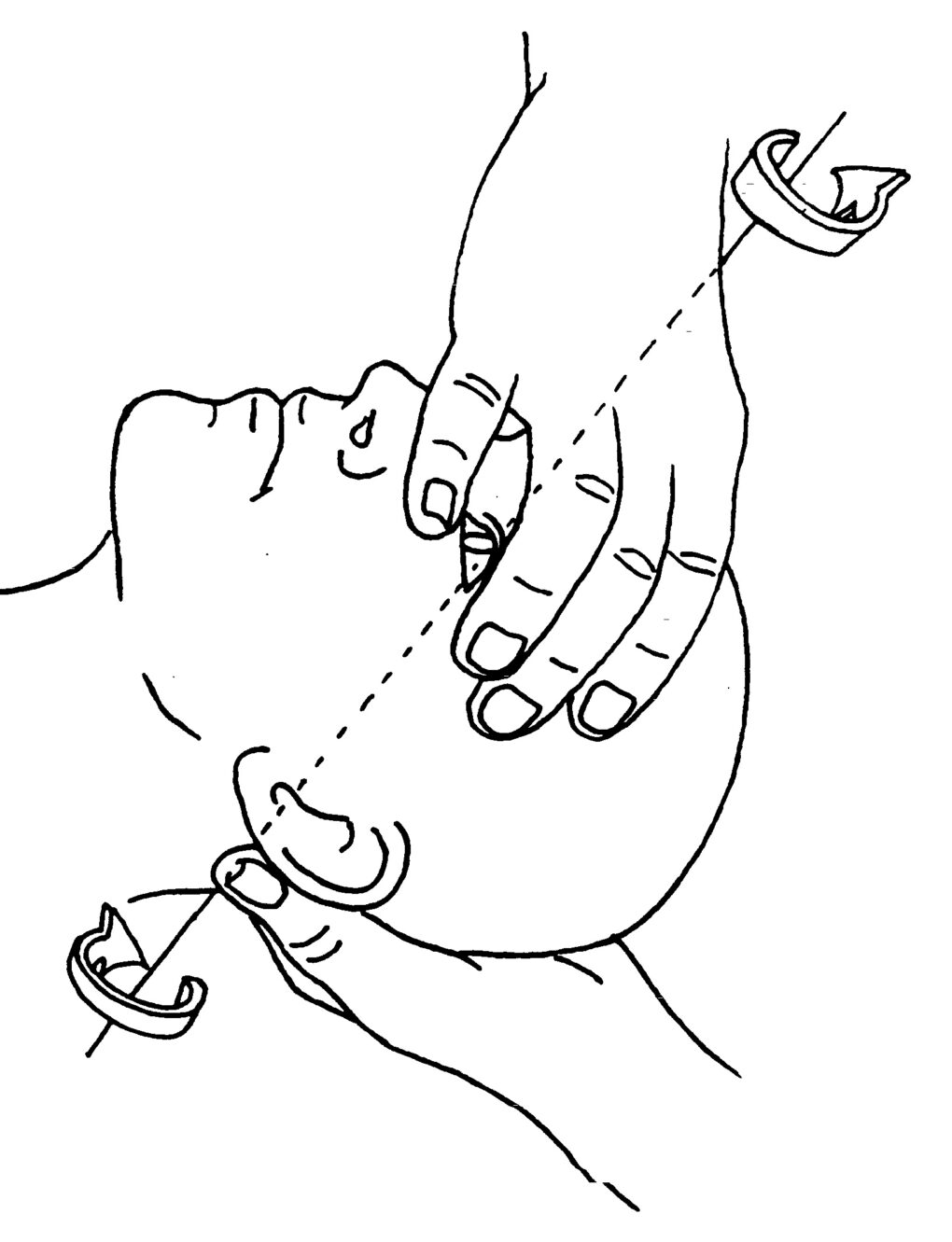
CranioStructural Integration
Still, Hancock had a problem. His releases did not provide the lasting changes that he wanted. He tried things like holding the cranium longer or using firmer pressure. Moreover, he found he could provide more than soft tissue changes with his structural releases.
Structural releases did more than release the temporary binding of joints. The structural releases created changes in the shape and length of membranes and even the shape of osseous structures. I often compare this to the difference between rearranging the house and remodeling the house. Structural release changes the possibilities of movement and, with that, the opportunities for self-correction.
Master Release
Hancock also developed his Master Release Technique. Using a specific walkthrough of techniques on the central SBS mechanism, you can make global posture and movement changes in the body. It was amazingly effective in my practice. He combined this with other structural releases and testing in a protocol.
This work was ground-breaking. A colleague of his said that it was like Rolfing the head. So, Hancock called it CranioStructural Integration.
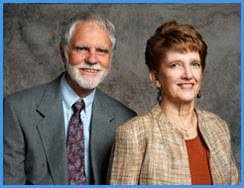
CranioSomatics
Like most other craniosacral techniques, the work’s subtleties eventually lead to some energetic or somatoemotional concepts. Hancock integrated the regulation of chakras and meridians into his technique. Also, he found that certain emotional states influenced craniosacral patterns.
Applied Kinesiology had a lot of influence, and Hancock created an adjunct to his courses to deal with environmental factors like shoes and eyeglasses. His course focused on helping clients deal with badly fit eyeglasses, inappropriate shoes, unhelpful attitudes, and even fabrics that created problems.
His Partner
Hancock’s wife, Flo Barber, was an integral part of the development of this approach. She developed a technique called Facilitated Pathways Intervention. It treats musculoskeletal dysfunctions through myofascial techniques on the head and neck.
In the late 90s, while I was working with him, Hancock named this holistic approach CranioSomatics.
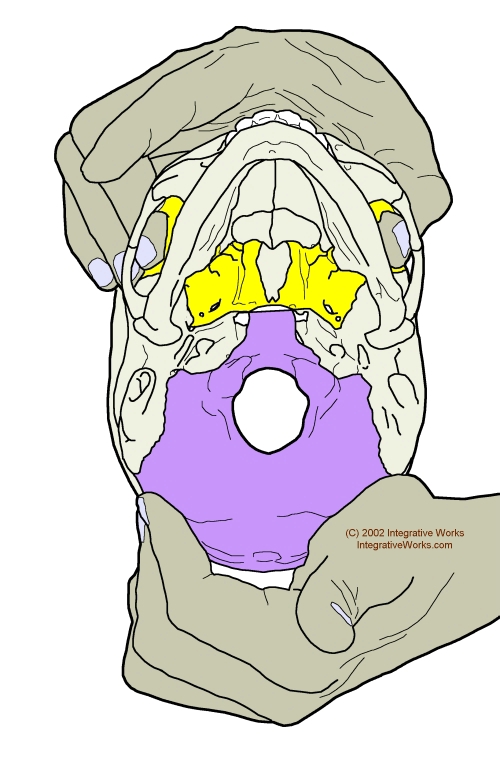
My Experience with CranioSomatics.
I started my path to craniosacral with Hancock’s 5-weekend course in the mid-90s. I was in the process of writing The Workbook of Classical Neuromuscular. So, I evaluated and integrated the two approaches in my practice.
I took his course a second time and started assisting. This approach worked for me and solved a lot of practical problems in my practice. Then, I became an instructor and eventually vice-president of his teaching organization, The National Institute of Craniosacral Studies. I was a contributing editor and illustrator for his manuals. I taught CranioSomatics in The South and Canada.
Independent findings
Twenty years later, at a craniosacral seminar, another participant struck up a conversation with me about Hancock’s approach. She pulled out a handout from a recent seminar and asked me if I knew the protocol. I laughed. Many of the techniques in the handout were my illustrations.
Eventually, Hancock and I went our separate ways over business differences. In 2010, we spoke on the phone for a short time. I talked about some new patterns and cranial releases I had found. Dallas and Flo confirmed that they had found the same patterns and releases.
I’ve integrated craniostructural techniques into my own courses and manuals.
Support Integrative Works to
stay independent
and produce great content.
You can subscribe to our community on Patreon. You will get links to free content and access to exclusive content not seen on this site. In addition, we will be posting anatomy illustrations, treatment notes, and sections from our manuals not found on this site. Thank you so much for being so supportive.
Cranio Cradle Cup
This mug has classic, colorful illustrations of the craniosacral system and vault hold #3. It makes a great gift and conversation piece.
Tony Preston has a practice in Atlanta, Georgia, where he sees clients. He has written materials and instructed classes since the mid-90s. This includes anatomy, trigger points, cranial, and neuromuscular.
Question? Comment? Typo?
integrativeworks@gmail.com
Interested in a session with Tony?
Call 404-226-1363
Follow us on Instagram

*This site is undergoing significant changes. We are reformatting and expanding the posts to make them easier to read. The result will also be more accessible and include more patterns with better self-care. Meanwhile, there may be formatting, content presentation, and readability inconsistencies. Until we get older posts updated, please excuse our mess.

